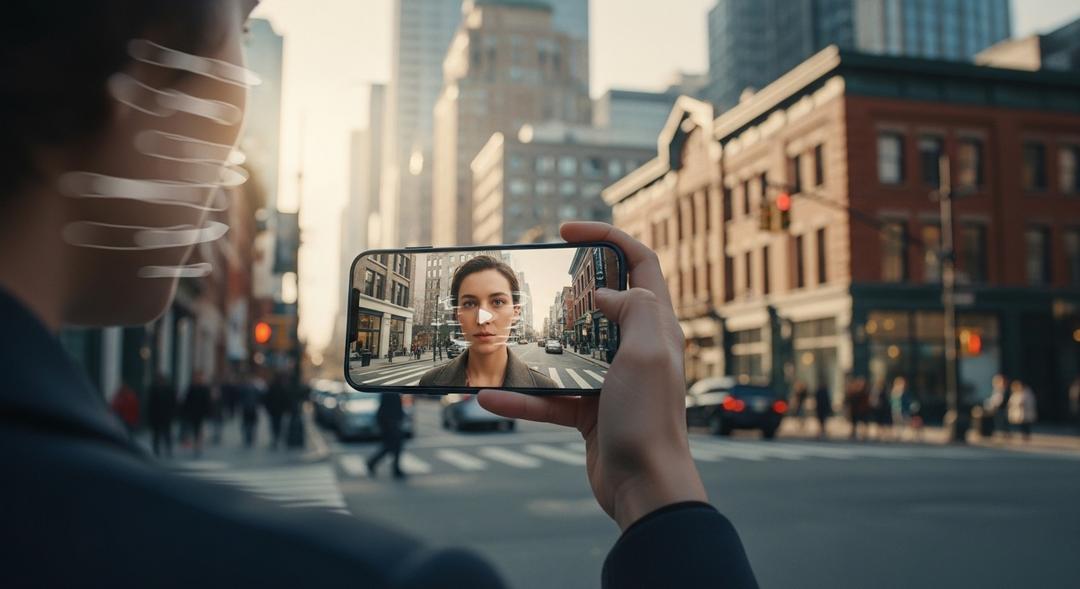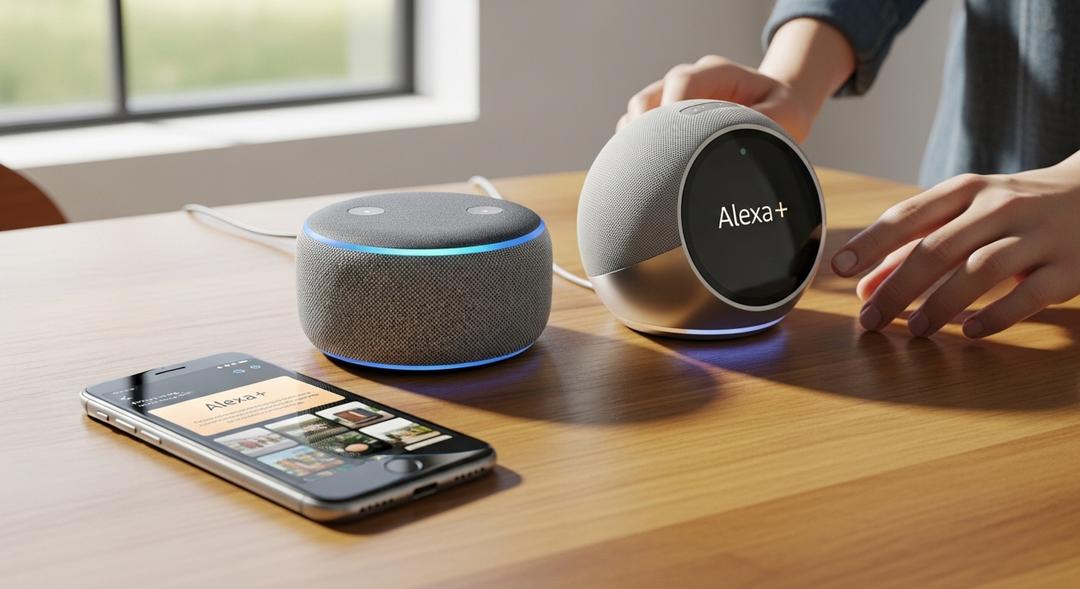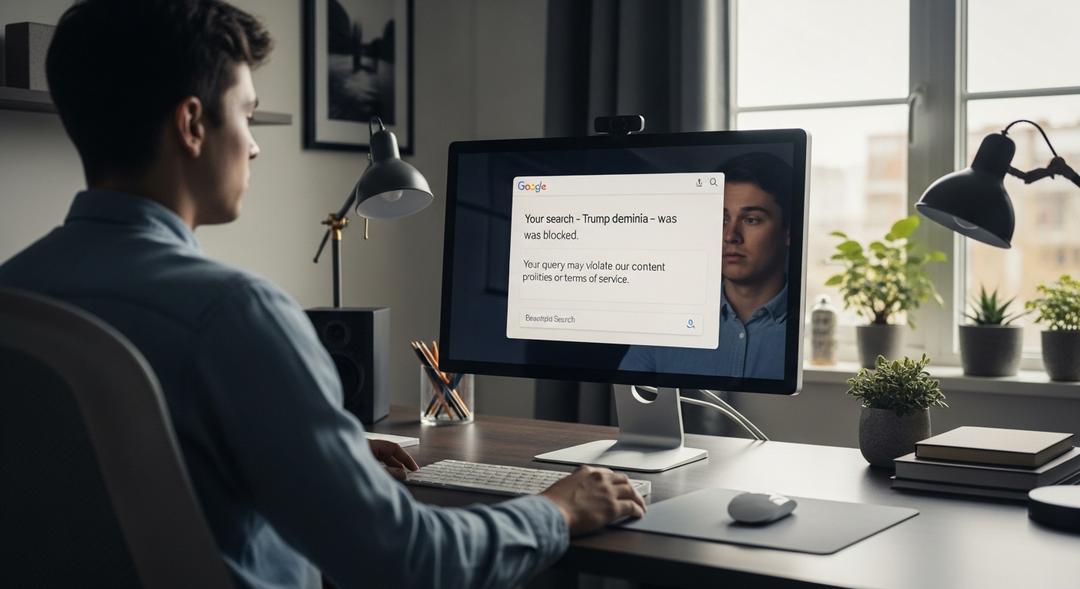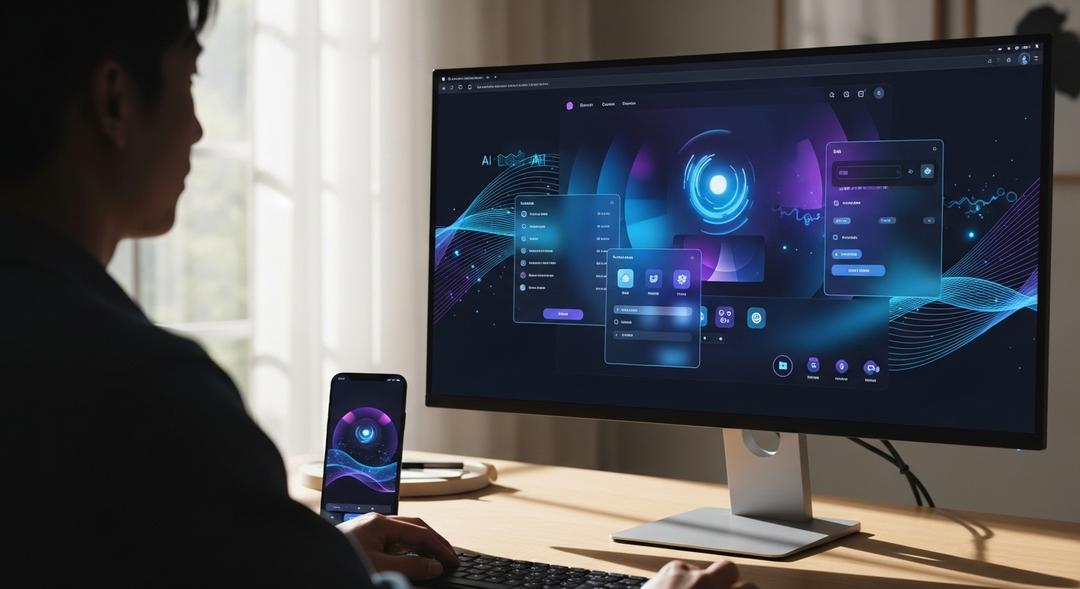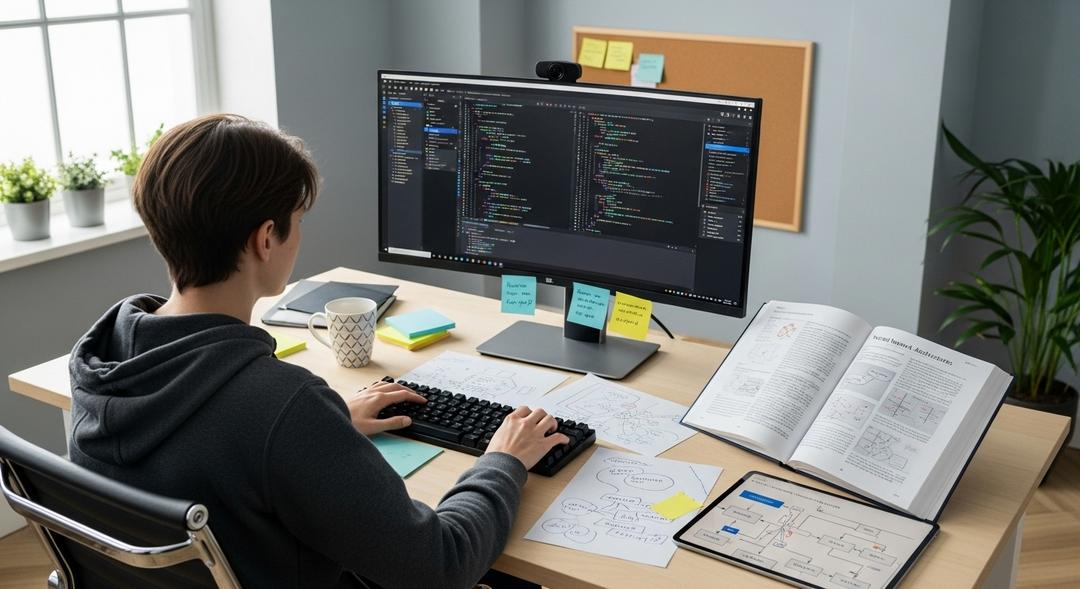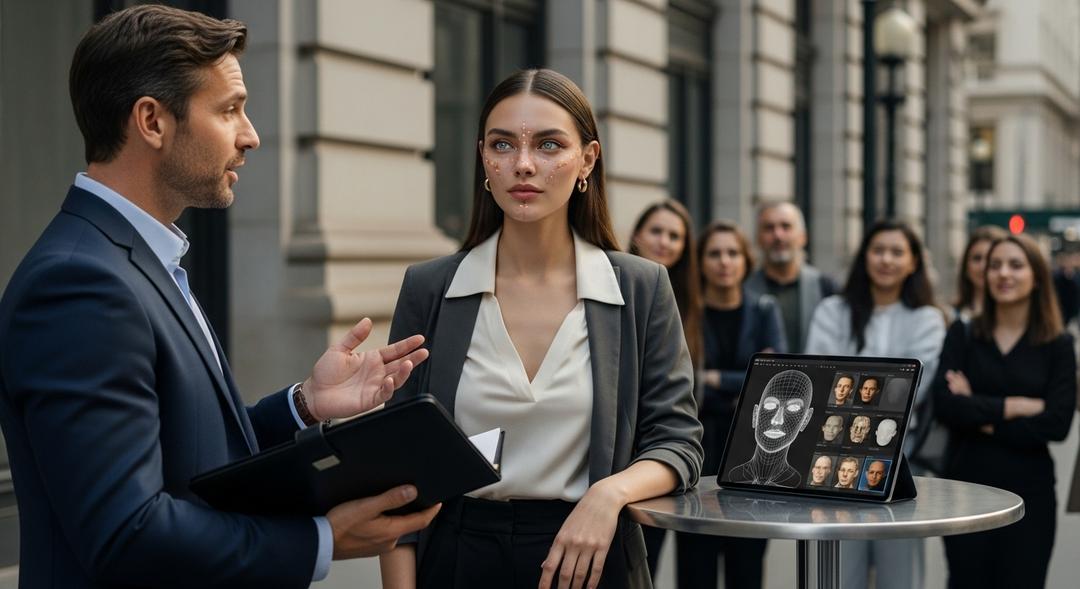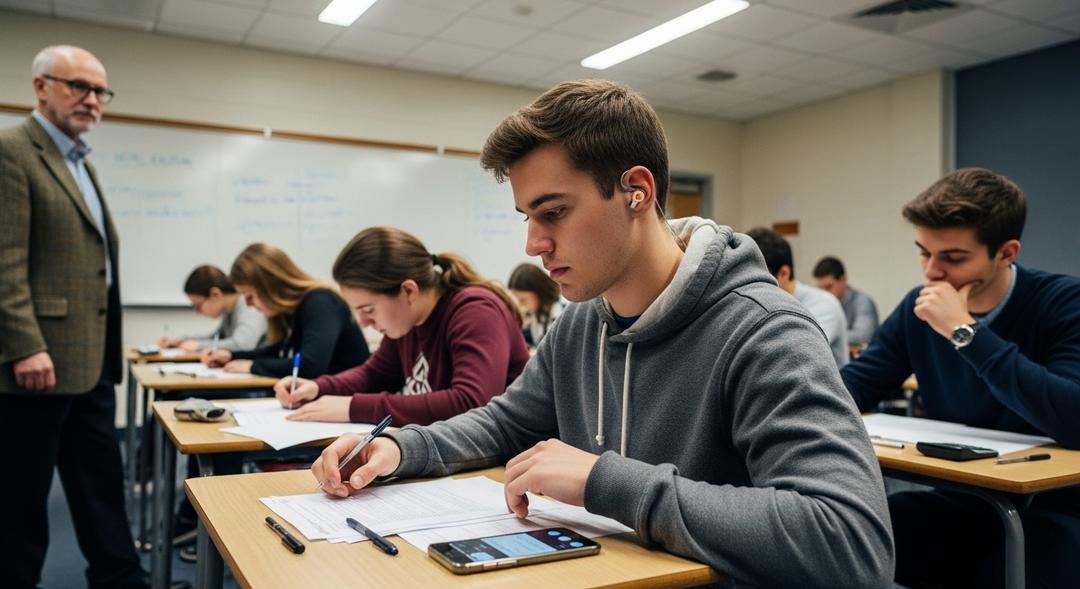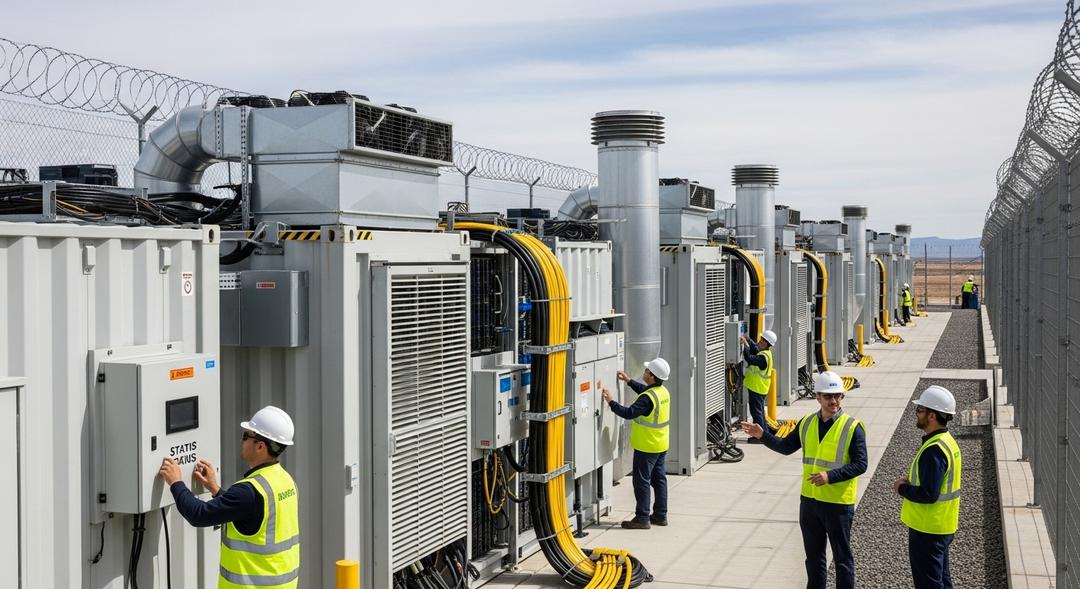Blink and you might miss just how quickly AI-generated video is evolving.
OpenAI pulled back the curtain on the latest iteration of its advanced video and audio generation system, revealing several dramatic improvements over its predecessor.
This new version leans into hyper-realism, creating video sequences where gymnasts tumble across mats, skateboarders flip through the air, and even crude martial arts scenes unfold with surprising clarity. Behind these demos is technology striving to mirror the natural movement of the physical world much more convincingly than before.
A highlight in Sora 2’s toolkit is the cameo feature. With a quick one-time recording, users can put themselves or friends directly into their videos, controlling how their digital stand-ins appear.
Sora App Goes Social
In tandem with the new model release, OpenAI launched the Sora app for iOS, positioning it as a community for sharing, remixing, and discovering these AI-powered videos. The platform borrows some familiar tricks from social networks, using an algorithmic feed shaped by user interactions and a customizable ranking tool that lets viewers fine-tune what shows up in their queue.
Entry to the Sora app, for now, is exclusive. Interested users must request an invitation, as OpenAI rolls out access slowly in the United States and Canada, balancing demand with available computing resources. The company has stated that heavy usage may lead to a paid tier so it can manage finite server capacity.
Speech has also entered the picture. Unlike past AI video models that skipped talking characters, Sora 2 delivers audio that syncs with generated visuals and even mimics speech.
Gabriel Petersson, a research scientist at OpenAI, shared a demonstration where his own likeness not only soared on a dragon but also ran through his actual office alongside a generated version of CEO Sam Altman.
All videos made with Sora receive a digital signature. Each one is stamped with a visible watermark and attached metadata to remove any ambiguity about its AI origins.
OpenAI says consent is key for cameo appearances. Users maintain control and can revoke permission for their likeness at any time. Parental controls and screen time limits are in place for teen accounts.
Discussing the ongoing development, OpenAI wrote, “The model is far from perfect and makes plenty of mistakes, but it is validation that further scaling up neural networks on video data will bring us closer to simulating reality.”
Guardrails are part of the package. The system screens prompts and outputs to block material related to harm or terrorism, applying checks across both images and audio. The company is also growing its team of human moderators to keep bullying and abuse at bay.
As OpenAI puts it, “Video models are getting very good, very quickly. General purpose world simulators and robotic agents will fundamentally reshape society and accelerate the arc of human progress.” For more perspectives on AI-powered video models and recent advancements, see our featured analysis.
